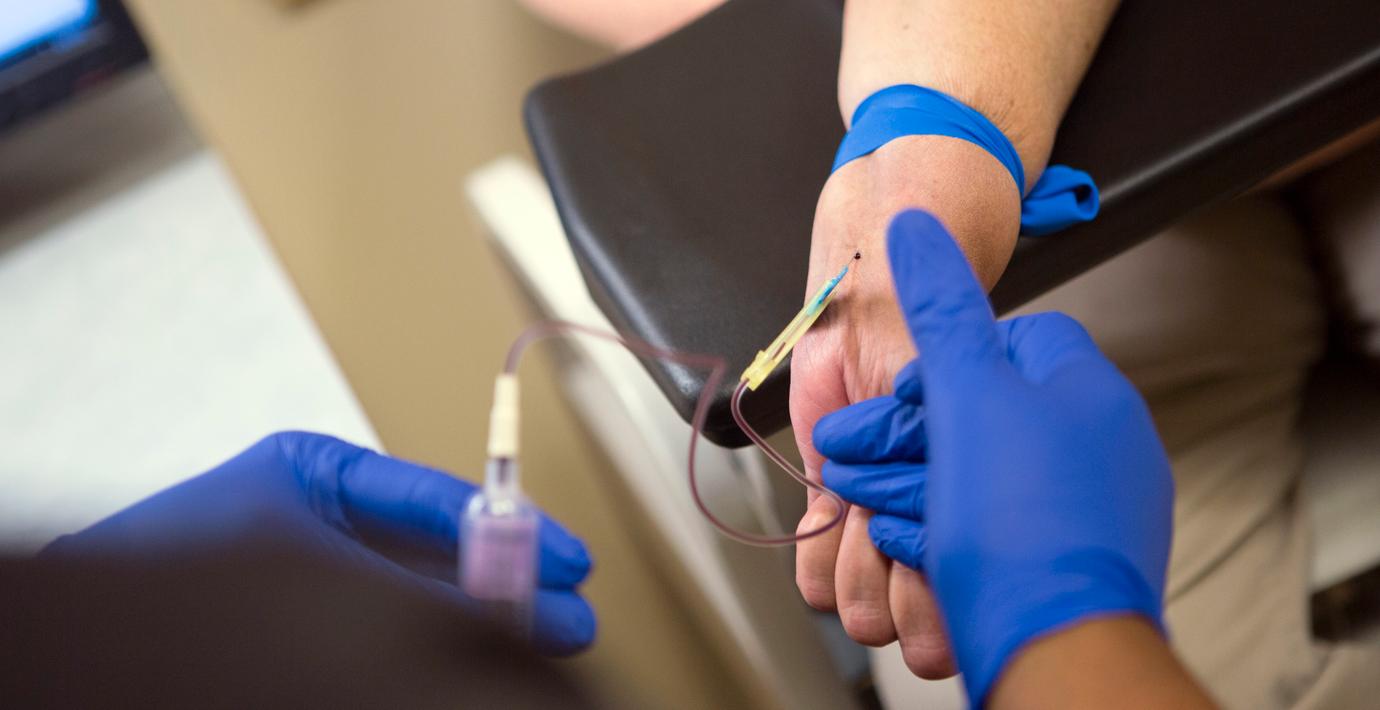
Sverige ett av 13 länder att snart eliminera hepatit C
Sverige ser ut att bli ett av de 13 länder i världen som kommer att uppnå FN:s mål att i stort sett eliminera hepatit C före 2030, rapporterar SVT Nyheter Vetenskap.
Alla länder har skrivit på avtalet om att minska nya infektioner med 90 procent och dödligheten med 65 procent till 2030, men få ser ut att lyckas.
Framför allt sprids hepatit C via sprutor och i många fall upptäcks infektionen långt senare i form av omfattande leverskador. Kliniker för sprutbyte anses vara mycket viktigt för att stoppa smittspridningen och sedan ett par år tillbaka finns medicin mot sjukdomen.
Forskarna Harvey Alter, Michael Houghton och Charles Rice är årets Nobelpristagare i medicin för upptäckten av just hepatit C 1989.
bakgrund
Hepatit C
Wikipedia (en)
Hepatitis C is an infectious disease caused by the hepatitis C virus (HCV) that primarily affects the liver; it is a type of viral hepatitis. During the initial infection people often have mild or no symptoms. Occasionally a fever, dark urine, abdominal pain, and yellow tinged skin occurs. The virus persists in the liver in about 75% to 85% of those initially infected. Early on chronic infection typically has no symptoms. Over many years however, it often leads to liver disease and occasionally cirrhosis. In some cases, those with cirrhosis will develop serious complications such as liver failure, liver cancer, or dilated blood vessels in the esophagus and stomach.HCV is spread primarily by blood-to-blood contact associated with injection drug use, poorly sterilized medical equipment, needlestick injuries in healthcare, and transfusions. Using blood screening, the risk from a transfusion is less than one per two million. It may also be spread from an infected mother to her baby during birth. It is not spread by superficial contact. It is one of five known hepatitis viruses: A, B, C, D, and E.Diagnosis is by blood testing to look for either antibodies to the virus or viral RNA. In the United States, screening for HCV infection is recommended in all adults age 18 to 79 years old.There is no vaccine against hepatitis C. Prevention includes harm reduction efforts among people who inject drugs, testing donated blood, and treatment of people with chronic infection. Chronic infection can be cured more than 95% of the time with antiviral medications such as sofosbuvir or simeprevir. Peginterferon and ribavirin were earlier generation treatments that had a cure rate of less than 50% and greater side effects. Getting access to the newer treatments however can be expensive. Those who develop cirrhosis or liver cancer may require a liver transplant. Hepatitis C is the leading reason for liver transplantation, though the virus usually recurs after transplantation.An estimated 71 million people (1%) worldwide are infected with hepatitis C as of 2015. It occurs most commonly in Africa and Central and East Asia. About 167,000 deaths due to liver cancer and 326,000 deaths due to cirrhosis occurred in 2015 due to hepatitis C. The existence of hepatitis C – originally identifiable only as a type of non-A non-B hepatitis – was suggested in the 1970s and proven in 1989. Hepatitis C infects only humans and chimpanzees.
Omni är politiskt obundna och oberoende. Vi strävar efter att ge fler perspektiv på nyheterna. Har du frågor eller synpunkter kring vår rapportering? Kontakta redaktionen


